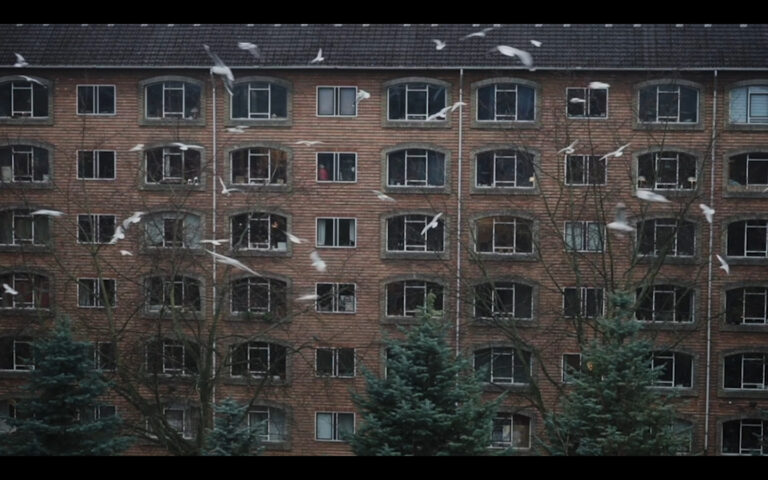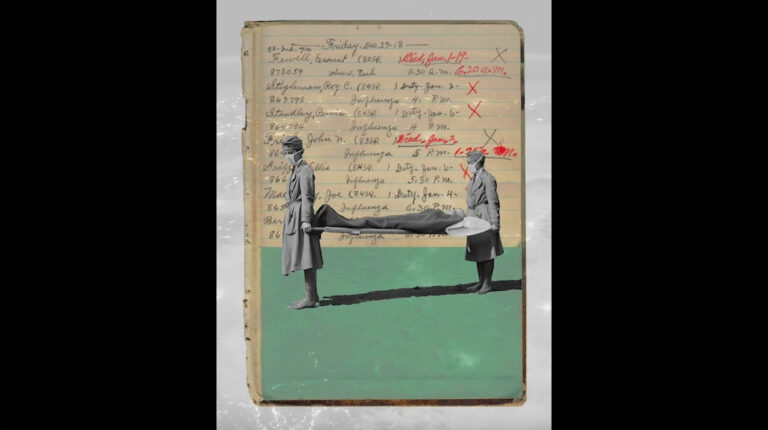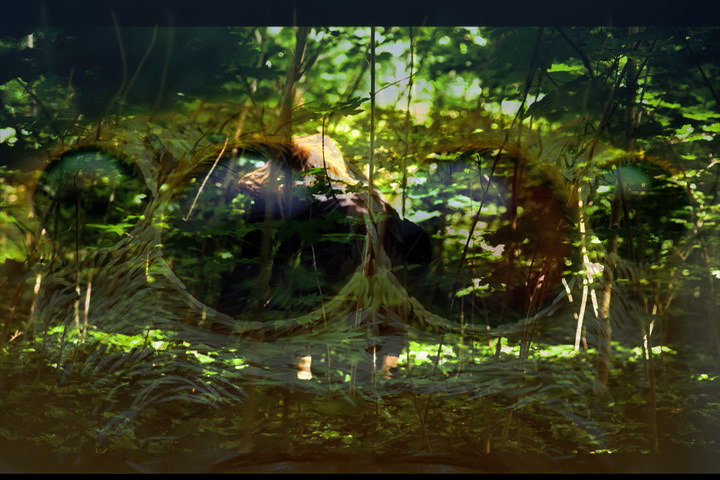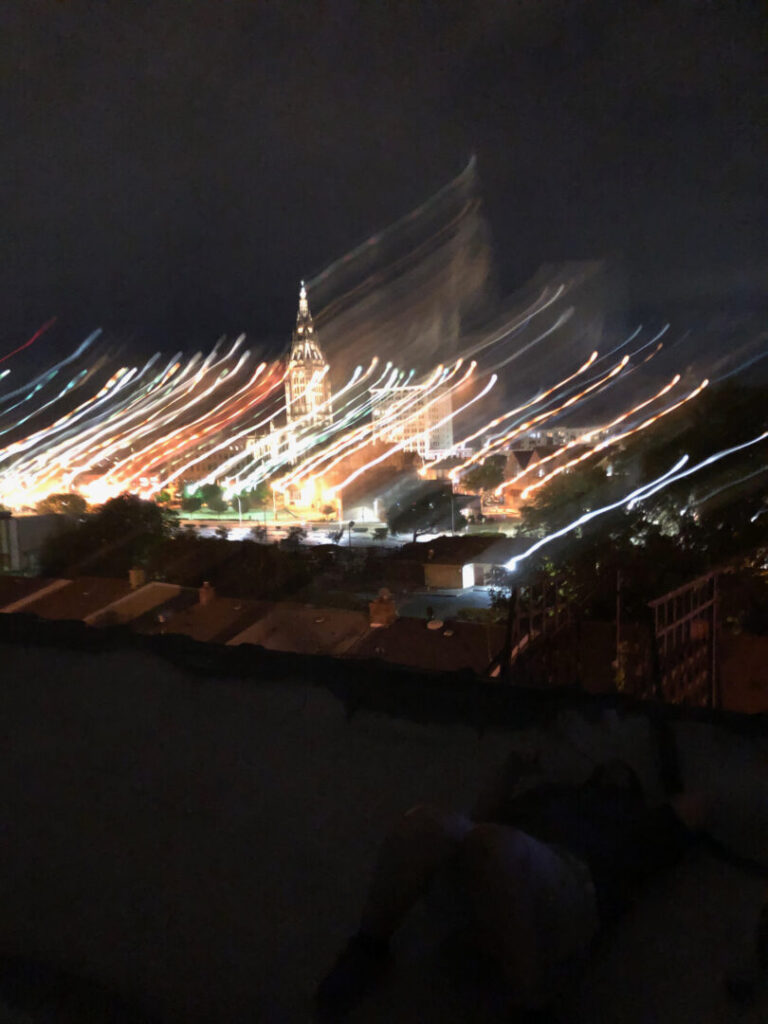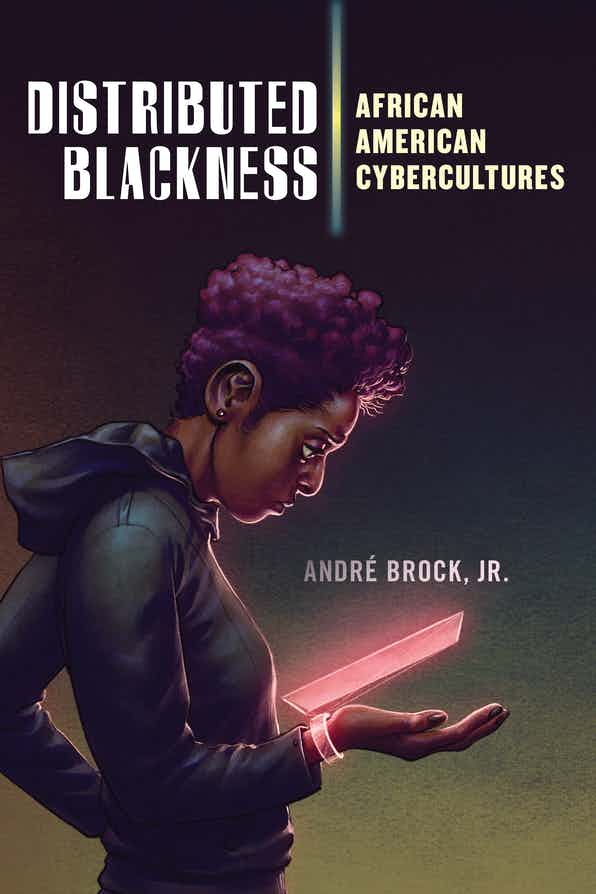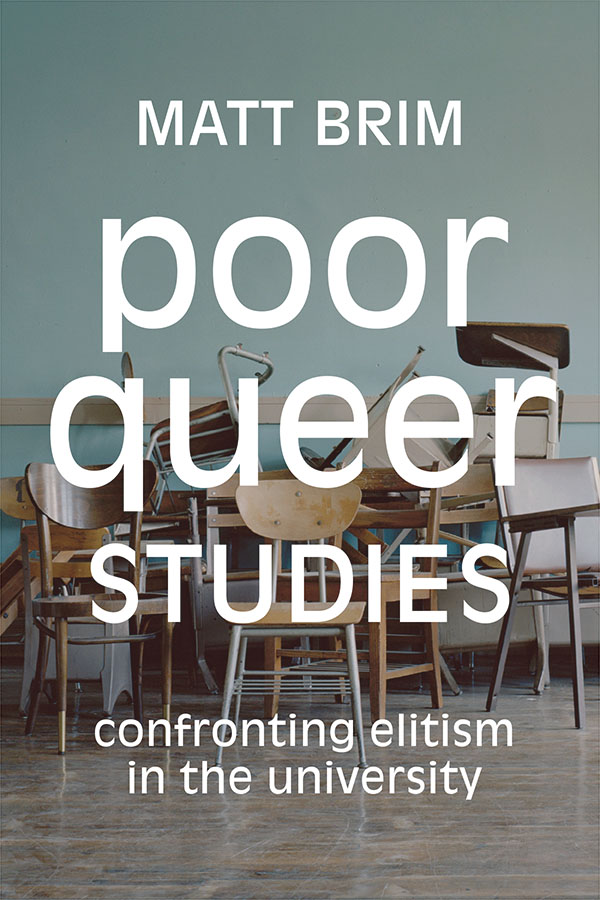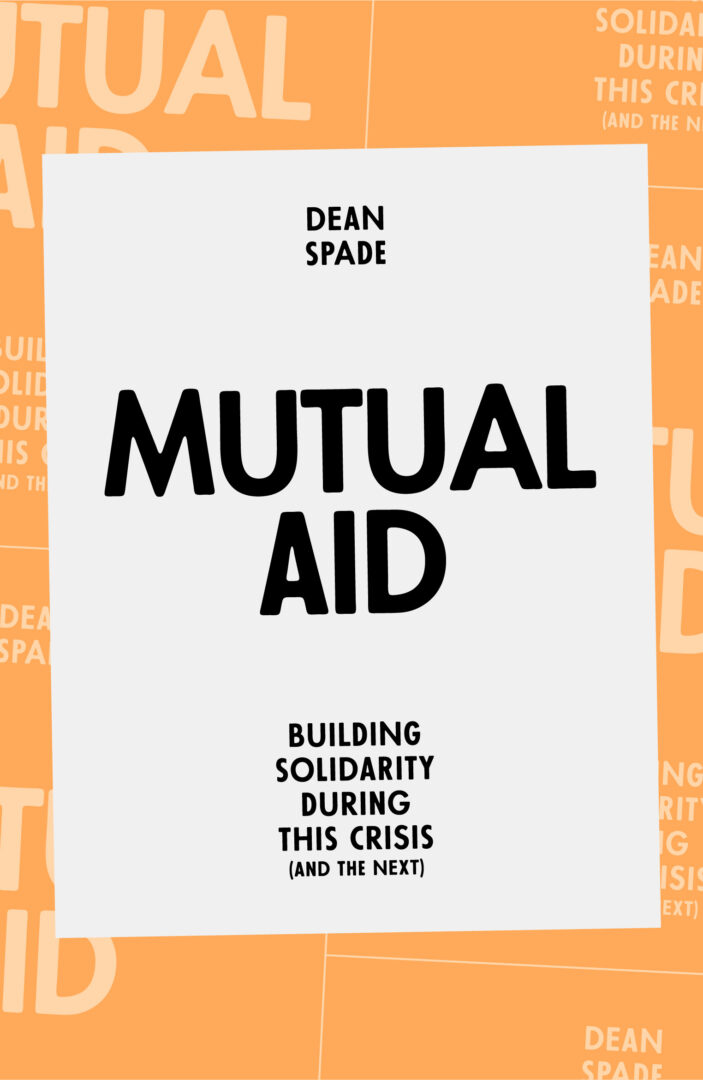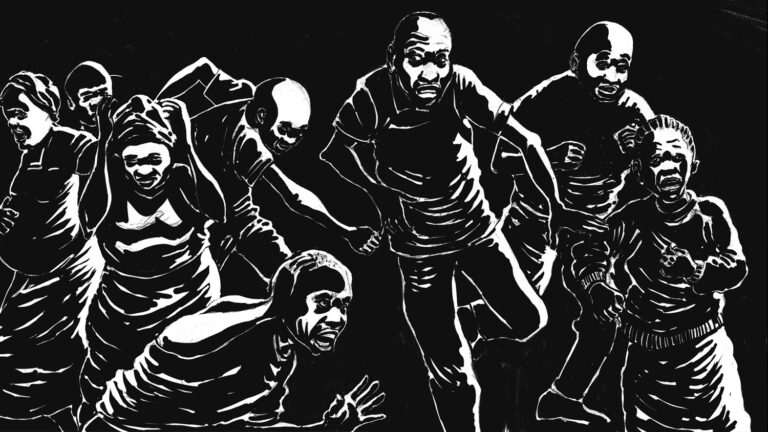The pandemic brought migrant farm workers into the limelight once again, as has happened repeatedly in the last three decades, in Italy as in many other parts of the world. Here I examine how intersecting and sometimes conflicting discourses and interventions, that have this biopolitically conceived population as their object, decide upon these subjects’ worthiness of attention, care, and sympathy through criminalizing, victimizing, and humanitarian registers. I reflect on some of the affective dynamics that sustain both the governmental operations through which these populations were (sought to be) managed and reactions against them from a situated perspective, as an accomplice to many of the forms of struggle in which migrant farm workers have engaged in the last decade in Italy. The stage for many such occurrences is what I have elsewhere defined as the “encampment archipelago” that many such workers, and particularly those who migrate from across West Africa, inhabit—labor or asylum-seeker camps, but also slums or isolated, derelict buildings, and various hybrid, in-between spaces among which people circulate.
Issues
Bewilderment, Hope, and Despair
This essay is a collective investigation of affective experience, bewilderment, and imagery during the COVID-19 situation in Copenhagen, Denmark through multivocal writing and filmmaking. By letting go of the promises of normality, both in thinking and creating, the writers explore various personal, academic, and aesthetic states of affect—hope, despair, desire, and frustration, like temporary landscapes or glimpses of a new world. Feeding on boredom and fear of being isolated, left inactive and frustrated, naive, or hopeful, this essay points into a different and shivering set of changes, personal and societal, that we are currently facing, and illustrates how such changes, full of pain or despair, might also open new becomings of desire and hope.
Cycles of Quotidian Pandemic Instances: Voice(less) Stories from 1918
By silencing the knowledge of our past, it will not disappear; it transforms into a hum. The hum, as a fluid object of silence can be mournful, can represent absence. The hum that we are neglecting connects with our feelings, registering as cyclic vibrations in contact with parts of the body. The vibrato of the hum speaks of unspoken relations that, according to Tina Campt, unifies quietness with sound, surrounded by affect within a register of meaningfulness. If we don’t dare to remember, some images will enunciate—and speak to—the affective register. With the sonic integration of Radio Influenza, artist Jordan Baseman’s computerized voices narrate stories from 1918 through newspaper fragments. The audible tracks add another register to the vibrations, complicating Paul Gilroy’s “politics of transfiguration,” where the “lower frequency” is purposefully over(p)layed mainly with a different set of forgotten histories suppressed from the war narrative. Hence, the sound is felt from an audible and visual register, enacted at the level of the quotidian narratives of twentieth-century photographs and newspaper stories. If we listen to these quiet photos, to these muffled stories, can we acknowledge that just as sonic vibrations, pandemics tend to come in waves as well? In the end, the 1918 spring influenza outbreak was followed by three waves: the fall of 1918, spring of 1919, and winter of 1919. These waves of history, sound, and pandemics, can push us to resist the neglectfulness and acknowledge what we have unlearned from the cycles of quotidian instances, time and time again.
The Green Color of Grief: Spider-Human Dreams
This essay tries to read the pandemic-afflicted (human) world in terms of post-human translation. In echoing Anna Tsing’s call for “collaborative survival,” it speaks in images of human-spiders in the forest who sense the radical isolation of humans and, thus, loss of proximity. One witnesses ill-treatment of various bodies: those that are economized, racialized, or nationalized. In this way, the essay proposes a post-human approach to distorted intimacies worldwide. It uses multimodal means of reflection: film, photography, sounds, and words. Through such a combination of nonverbal and verbal elements, the essay argues against the divisions of humans-culture-nature. It asks the reader to rethink how we could exist in equal mutuality.
Plants, Vegetables, Lawn: Radical Solidarities in Pandemic Times
This essay presents photos and words illustrating practices of care in homes shared by humans and plants during the COVID-19 pandemic. Drawing on interviews with plant carers, I highlight how humans (re)discovered plants as kin during forced social isolation. I reflect on how plants provided joy, hope, and reassurance during crisis, enabling strong affective bonds with their human carers. I read the creation/cementing of affective bonds between humans and plants for its political significance, and I interrogate the activity of making home/kin with plants as the emergence of interspecies solidarities, which challenge anthropocentric narratives of worldmaking and reinsert non-human beings as central to the making of more just and inclusive futures.
Finding Joy and Elegy: Poetry from Pandemic
Amidst the despair, desperation, death, and economic deprivation of the pandemic, poetry—and creative outlets more broadly—have arisen to assist us in both making sense of the world at large, as well as addressing our own struggles during and from these challenges. This essay seeks to put these works into conversation as part of a process—along with quarantine—of seeding, an opportunity to grow new roots and networks. Drawing from a field of established literary journals and ones established during and explicitly to address the pandemic, the essay aims to begin a process of distilling the ways that even amongst fear and loss we must (and will) find ways to find joy. This requires us to seek out new forms of elegy that elaborate and understand the importance of relations and joys between peoples, and the new relational possibilities that our life holds for us as we move towards a post-pandemic world.
Review of Distributed Blackness: African American Cybercultures by André Brock, Jr. (New York University Press)
In Distributed Blackness: African American Cybercultures, interdisciplinary scholar André Brock, Jr. offers a timely and powerful examination of Blackness in the digital age. The book centers Black technology use from Black perspectives and investigates the online distribution of Black discourses. In six exploratory chapters, Brock reconceptualizes Black technoculture in a way that corrects deficit models of Black digital practice.
Review of Poor Queer Studies: Confronting Elitism in the University by Matthew Brim (Duke University Press)
The review focuses on the practical work of Poor Queer Studies. Rather than retheorize queer studies from the class perspective of “rich” and “poor,” Brim makes a case study of his work as a professor of queer studies at the College of Staten Island (CSI). Insisting on the particularity of his and his students’ relationship to queer studies, Brim makes an example of the work they do together in the classroom, and the ways they live their studies on public transit, at home with their families, and in their part-time jobs. This review questions the extent to which poor queer studies differs from the modern university’s reduction of all education to career-training. Brim’s praxis of poor queer studies is always undertaken with individual students in specific socio-economic circumstances—a particularity that makes it different than market-driven job-training. This review also raises questions about the general applicability of this case study. Would poor queer studies work elsewhere as it does at CSI? Berlant’s idea of exemplarity is helpful in answering this question. Unlike examples that confirm a norm, there are examples that change norms. Brim’s example of poor queer studies works to exemplarily change what counts as normal. Practically, this means no longer thinking of queer studies as operating without class distinction—and reclaiming part of the work of the discipline from seemingly classless rich queer studies at places like Yale and New York University.
Review of Diagnosing Desire: Biopolitics and Femininity into the Twenty-First Century by Alyson K. Spurgas (The Ohio State University Press)
In Diagnosing Desire, Alyson K. Spurgas examines female sexual dysfunction, specifically low desire in women, and refuses to take anything for granted. One part history of modern sexology and one part feminist critique of the biopolitics engendered by sex research, Spurgas uses anti-racist, queer, disability studies, and trauma-informed theories to argue that the apolitical and atheoretical approach used in much of the modern science of sexuality confines women’s sexual desire to a purely receptive model. Spurgas problematizes essentialist, anti-intersectional, and hetero- and cisnormative frameworks through which women’s sexual desire has become a problem to be solved through self-improvement and by learning to push through feelings of low desire. Instead, Spurgas offers insights into the lives of women with low desire by attending to their experiences with inequality and trauma, and proposes a new understanding of women’s sexuality—and of femininity more generally—based on prudent and critical attention to power.
Review of Mutual Aid: Building Solidarity During This Crisis (and the Next) by Dean Spade (Verso Books)
Dean Spade’s Mutual Aid: Building Solidarity During This Crisis (and the Next) is an accessible guidebook meant to inspire local organizing efforts based in mutual care, generosity, and dependency. By reflecting on contemporary contexts in which people are increasingly individualized and rendered dependent on inadequate government support systems, Mutual Aid demonstrates that sharing and cohesion are radical steps toward liberation. On this basis, we are reminded that contemporary social crises can usher in the normalization of interdependent community engagement, inspiring lasting social movements built upon mutual aid.
Editors’ Introduction: A Decade of Open Access in Cultural Studies
This issue marks the tenth year of publishing Lateral. We reflect here on this milestone and highlight work in the current issue, including a new forum on Cultural Constructions of Race and Racism in the Middle East and North Africa / Southwest Asia and North Africa (MENA/SWANA) and a special section on Cripistemologies of Crisis: Emergent Knowledges for the Present. We discuss several of these pieces in relationship to ongoing violence in Israel and attacks in the United States against “critical race theory” and conclude with calls for open access scholarship.
Toward an Alaskan Critical Regionalist Pedagogy: Mapping the Cruise Ship Industry through Visual Spatial Tactics
In an era when urban space is theorized as an educative science enhancing productivity, business, and management, we witness the emergence of teaching as a dominant productive force for the first time in the history of capital. Given the decisive role of knowledge production in the development of globalized urbanization it becomes vital to identify critical pedagogies that not only engage the production of space but grasp the production of space as pedagogical. To do so, I attend to interventions into regionalist studies and the global city to argue for visual spatial tactics as a tool for a critical regionalist pedagogy capable of linking material, affective, and discursive practices with a placed-based approach to globalized urbanization. Students design a collaborative website documenting the spatial history of cruise ship tourism in Alaska as an argument over the right to the city. Identifying this living process—framing the cruise industry as a constitutive system fusing discourse, space, and identity to restructure history, nature, and region—becomes a means of questioning and revising otherwise generalized theories often brought to bear on tourist landscapes, on Alaska, and on critical pedagogy itself. This case study shows the emergence of the cruise ship city as inseparable from the onset of globalized urbanization and how it, in turn, provides edifying material to mobilize a critical regionalist pedagogy within contemporary forms of educative landscapes.
“A Program of Complete Disorder”: The Black Iconoclasm Within Fanonian Thought
This essay examines the scholarship of revolutionary theorist Frantz Fanon and the debate surrounding his conception of decolonization and “new humanism.” Across a multitude of fields, Black and cultural studies among them, Fanon has been heralded as an iconic thinker who offers us a path toward an alternative humanity. Working against the grain of this popular form of Fanonism, I suggest that there is a Black iconoclasm—a deep desire to unsettle the very rendering of a systematic path toward decolonization—that pervades Fanonian thought. Accordingly, the essay examines and unsettles various forms of Fanonism by suggesting that their teleological narratives of redemption ultimately end up serving anti-Fanonian pursuits. Through an extended meditation on Fanon’s claim that decolonization is “a program of complete disorder,” I explore what it might mean to embrace a Black iconoclastic approach to Fanon and the pursuit of Black liberation.
Airing Grievances: Academic Hoaxing and the Performance of Boundary Work
Through an examination of the 2018 “grievance studies” hoax this essay considers the role hoaxing plays in the articulation of both internal and external modes of institutional critique that pertain to the production, verification, and dissemination of knowledge. By examining the grievances of three academics who wrote over twenty false/fraudulent articles—seven of which were published in (and later retracted from) peer-reviewed journals—this research attends to the different kinds of boundary work and repair that are performed and enacted by academics to shed light on the conflicting ways knowledge production and academic labour are currently contextualized and understood.
Enacting Law: The Dramaturgy of the Courtroom on the Contemporary Stage
Although historical research into twentieth-century theatrical tribunals is widespread, the recurring theme of justice in contemporary performance practices remains largely unexplored. However, an increasing number of twenty-first-century artists have begun relying on structures of the court. By creating theatrical tribunals, these artists try to create a space for an alternative jurisdiction. However, a clear typology of this tribunal genre in the contemporary performing arts is still lacking. This article therefore aims to characterize theatrical tribunals. In the first section, I describe the setting of the courtroom as a theatrical place in which law gets enacted or performed. Following several scholars that already stated the important spectacular aspects of the legal system, I discuss the dramaturgy of the courtroom as a specific dramatic place with its own scenography, script, and dramatis personae. Next, by analyzing the dramaturgy of the courtroom, I distinguish two categories within the tribunal genre: (1) re-enactments of preeminent lawsuits that heavily rely on twentieth-century documentary practices and (2) performative pre-enactments of futuristic trials that have not yet been held or cannot be held because of systemic shortcomings. Finally I examine how contemporary theatrical tribunals could contribute to the enlargement of public knowledge on historical and contemporary examples of injustice, and whether they could obtain effective changes in our societies.

